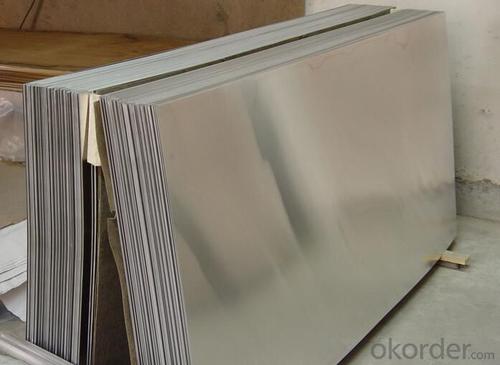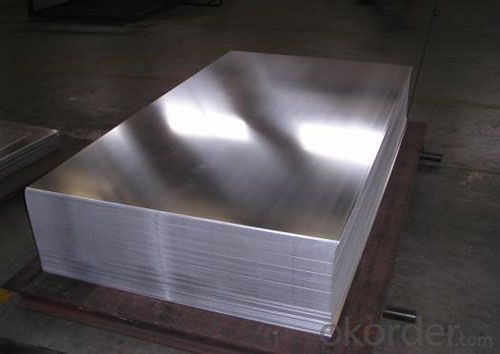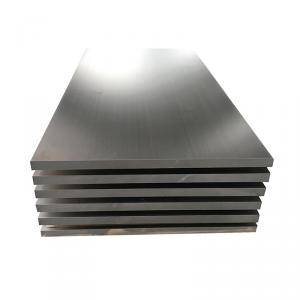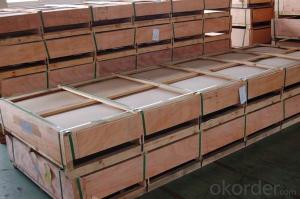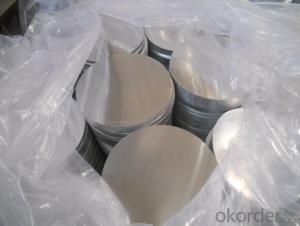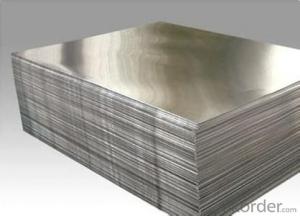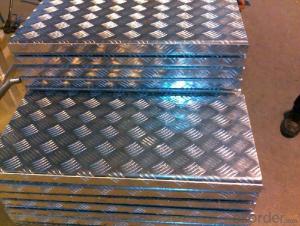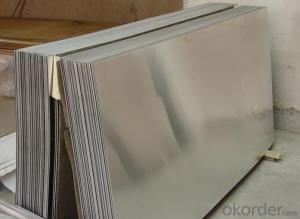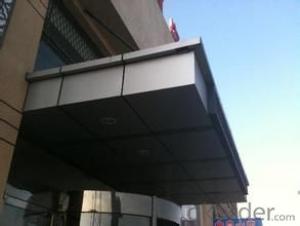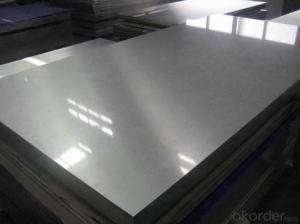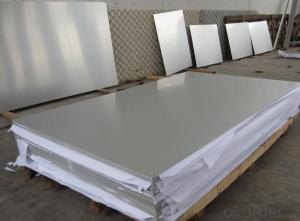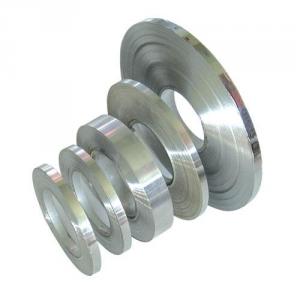Mill Finished Aluminum Sheets for Aluminum Composite Panel Production in Alabama
- Loading Port:
- Shanghai
- Payment Terms:
- TT OR LC
- Min Order Qty:
- 2 m.t.
- Supply Capability:
- 50000 m.t./month
OKorder Service Pledge
OKorder Financial Service
You Might Also Like
Specification
Mill Finished Aluminium Panel For Aluminium Composite Panel Production
Alloy No. | Thickness (mm) | Width (mm) | Length (mm) | Temper | |
A1050,A1060, A1070, A1100 | 0.2-100 | 20-2200 | 20-8000 | O,H12,H22,H14,H16,H18, H24,H26,etc | |
3A21, A3003, A3105, A3004 | 0.2-100 | 20-2200 | 20-8000 | O,H14,H18,H24,etc | |
A5052, A5005, A5083, A5754 | 0.2-100 | 20-2200 | 20-8000 | O,H18,H24,H32,H34,H111,H112 ,etc | |
A6061, A6082, A6063 | 0.2-200 | 20-2200 | 20-8000 | T4,T6, T651,etc | |
A8011 | 0.2-100 | 20-2200 | 20-8000 | O,H12,H22,H14,H16,H18,H24,H26, etc | |
Packing: Export wooden pallets. The bundle weight not exceed 2MT. Loading: by 1x20GP, 1X20GP can load about 18MT | |||||
Standards: ASTM-B209. EN573-1, GB/T3880.1-2006 | |||||
Quality of material: totally free from defects like white rust, oil patches, roll marks, edge damage, camber, dents, holes, break lines, scratches and free from coil set | |||||
Application : Mainly used insigns, billboards, building exterior decoration, bus body, high-rise buildings and factories wall decoration, kitchen sink, lamp, fan leaves, with pieces of electronic, chemical equipment, sheet metal processing parts, deep drawing or spinning hollowware, welding parts, heat exchangers, bell surface and disk, plate, kitchenware, decorations, reflective devices, ect | |||||
MOQ | 5 tons | ||||
Payment term | T/T,L/C | ||||
Delivery Time | 20-30 days after 30% T/T payment or receiving L/C copy | ||||
Kind attention: Specifications can be customized as the customer’s requirements. | |||||
PVDF color pre coated aluminum coils/ sheets:
It is well known that fluorocarbon lacquer coating (PVDF coating) owes the best acid resistant/alkali and temperature tolerant capabilities of all painting materials. Being the best quality of precoated aluminum, PVDF coated coils are especially suitable for outdoor roofing walls and ceiling manufacturing.
Polyester (PE) color pre coated aluminum coils/ sheets :
Using high-grade polyester lacquer coating material, the finished coated coils are with delicate color uniform texture, color and diverse. It is the most popular and most common used materials in decorative usage. The PE coated aluminum are widely used in ACP( aluminum composite panel ) production and indoor ceiling usage.
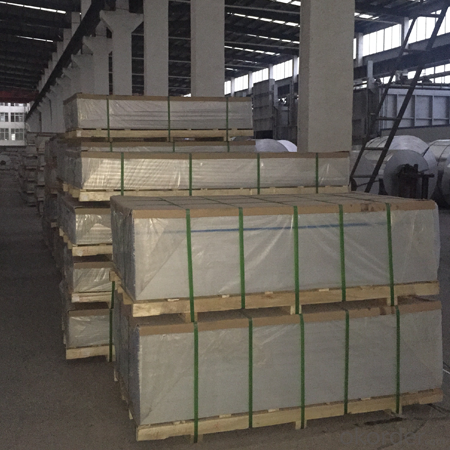
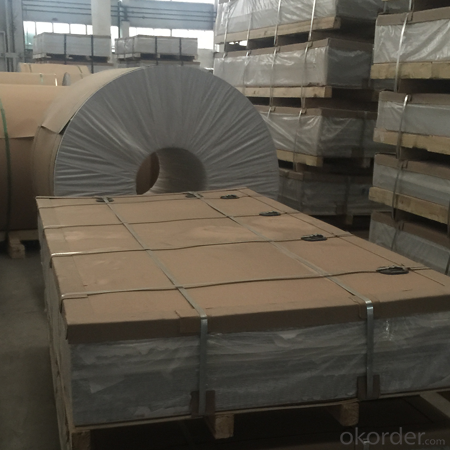
FAQ
Q: Can you provide free samples?
A: Yes, free samples will be sent to you on freight at destination.
Q: Can I get your latest catalogue?
A: Yes, it will be sent to you in no time.
Q: What are your payment terms?
A: We accept L/C, D/A, D/P, T/T, West Union, etc
Q: Can you provide free samples?
A: Yes, free samples will be sent to you on freight at destination.
Q: Can I get your latest catalogue?
A: Yes, it will be sent to you in no time.
Q: What is the MOQ?
A: 5 tons.
Q: What are your payment terms?
A: We accept L/C, D/A, D/P, T/T, West Union, etc
- Q: This question asks for the cost of an aluminum sheet.
- <p>The cost of aluminum sheets can vary significantly based on factors such as thickness, grade, surface finish, and market conditions. As of my last update, the price range for aluminum sheets could be anywhere from $0.50 to $5 per pound, but this is subject to change. For the most accurate and current pricing, it's best to check with suppliers or on metal exchange platforms, as prices can fluctuate daily. Always consider the specific requirements of your project to determine the exact type and grade of aluminum needed, which will also affect the cost.</p>
- Q: Can aluminum sheets be easily shaped or bent into desired forms?
- Aluminum sheets possess the advantageous characteristic of being effortlessly malleable, allowing them to be shaped or bent into desired configurations. This high malleability of aluminum ensures that it can be easily manipulated without any risk of fracturing or breaking. Moreover, its low density and impressive strength-to-weight ratio deem it an optimal selection for numerous applications that necessitate shaping or bending. Various techniques, including press-braking, roll-forming, or utilization of specialized tools like a sheet metal brake, can be employed to shape or bend aluminum sheets. The simplicity associated with shaping or bending aluminum sheets has propelled its widespread adoption in industries such as automotive, aerospace, construction, and manufacturing, where customized forms and designs are frequently required.
- Q: How is aluminum sheet made?
- Aluminum sheet undergoes a rolling process to be manufactured, known as rolling. This process entails passing a preheated aluminum ingot through a succession of rolling mills. The initial step involves heating the ingot to a specific temperature to enhance its malleability. Once heated, the ingot is then fed through a sequence of rolling mills, wherein it is continuously pressed and stretched to reduce its thickness and increase its length. The rolling mills consist of a pair of rotating cylinders with grooves on their surfaces. As the ingot passes through these cylinders, it undergoes compression and elongation, resulting in a thinner and longer sheet. This process is repeated multiple times, with each pass further reducing the sheet's thickness. To maintain the desired thickness and dimensions, the sheet is periodically subjected to annealing. This process involves heating the sheet to a specific temperature and gradually cooling it. Annealing helps alleviate internal stresses and ensures the sheet retains its desired properties. Once the desired thickness is achieved, the aluminum sheet is cooled, trimmed, and either cut into specific lengths or rolled into coils for further processing or distribution. The final product is a flat, thin, and versatile sheet of aluminum that finds applications in various industries, including construction, automotive, packaging, and electrical appliances.
- Q: Why must the aluminum oxide be electrolyzed in a molten cryolite solution?
- To electrolyse aluminium oxide, it has to be molten. However, the melting point of Al2O3 is extremely high ( 1000°C), and that would make the electrolysis very inefficient. However, Al2O3 dissolves in cryolite at much lower temperatures (lower than 900°C), which makes it a much more viable process.
- Q: Is the process of installing aluminum sheets considered simple or straightforward?
- <p>Aluminum sheets are generally considered easy to install, especially with the right tools and some basic knowledge of construction or home improvement. They are lightweight, which makes handling and positioning them simpler compared to heavier materials. Installation typically involves measuring, cutting the sheets to size, and attaching them to a frame or substrate using screws or adhesives. Proper alignment and securing are crucial for a professional-looking finish. For complex installations or high structures, professional assistance may be necessary to ensure safety and adherence to building codes.</p>
- Q: How do you ensure the flatness of an aluminum sheet?
- To ensure the flatness of an aluminum sheet, it is important to follow certain steps. First, the sheet should be properly stored and handled to prevent any bending or warping. Next, it should be placed on a flat and level surface during cutting or machining processes. Additionally, using proper clamping techniques while machining or during any further processing can help maintain flatness. Lastly, inspecting the sheet for any signs of bowing or warping and taking corrective measures such as annealing or stress relieving if necessary, can help ensure the flatness of the aluminum sheet.
- Q: Which is better aluminum or stainless steel?
- They each have their own advantages and disadvantages. Which one is better depends entirely on what you're USING it for! -Aluminum has a better strength to weight ratio. In other words, while it is not as strong as steel, the fact that it weighs less than half as much makes up for it's lower strength. This is why most airplanes are made of aluminum. -Aluminum is generally more corrosion resistant than all but the most expensive stainless steels. However under certain condition it may corrode rapidly with catastrophic results. -Al is usually less expensive than stainless steel (SS), Though it is 2-4 times more expensive than ordinary (non-stainless) steels. -Al is fairly soft and easier to cut, saw, carve, drill, and machine than steels. (SS is very difficult to work with due to it's excellent abrasion resistance.) -Al is an excellent conductor of heat. This is why it's used for car radiators and air conditioning units, and for pots and pans. -Al is a very good conductor of electricity. Because of it's high conductance, light weight, and corrosion resistance, Al is used for high-voltage overhead power lines. -Stainless steel is stronger than Al, if weight is not a consideration. (In this respect, since Al is weaker, a pipe that could handle the same water pressure would need to be thicker if it was made of Al, So in many cases you can save money on materials by using SS) -SS is easy to weld. (welding Al is very difficult.) -SS can be used at much higher temps. than Al; which becomes very soft above about 400 degrees. -SS is more impact resistant than Al, in other words, it is more ductile. -SS is much more resistant to wear and abrasion, which as I said before makes it difficult to work with.
- Q: What is the typical thermal expansion coefficient of aluminum sheets?
- The typical thermal expansion coefficient of aluminum sheets is approximately 22.2 x 10^-6 per degree Celsius.
- Q: why is copper sheet but not aluminum sheet that becomes the negative pole after putting copper sheet and aluminum sheet connected with wire into concentrated nitric acid?
- According to metal reactivity series order table, aluminum has a better metallicity, but it will be passivated soon after contacting concentrated sulfuric acid, and won’t react again. But copper and concentrated sulfuric acid can react continually. So aluminum sheet becomes the positive pole after passivation.
- Q: Are 101 aluminum sheets available in different finishes (e.g., brushed, polished)?
- Yes, 101 aluminum sheets are available in different finishes such as brushed and polished.
Send your message to us
Mill Finished Aluminum Sheets for Aluminum Composite Panel Production in Alabama
- Loading Port:
- Shanghai
- Payment Terms:
- TT OR LC
- Min Order Qty:
- 2 m.t.
- Supply Capability:
- 50000 m.t./month
OKorder Service Pledge
OKorder Financial Service
Similar products
Hot products
Hot Searches
Related keywords


